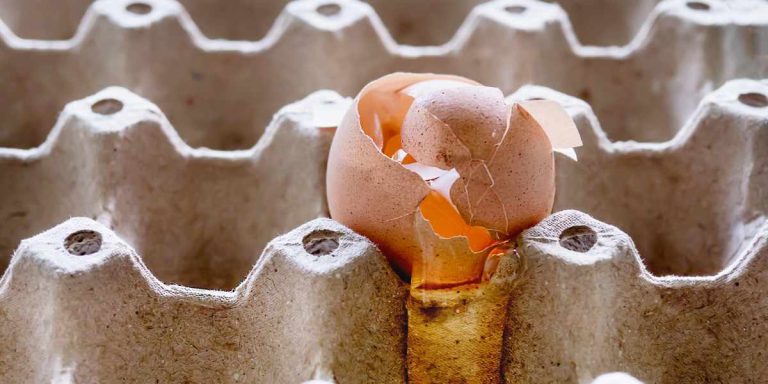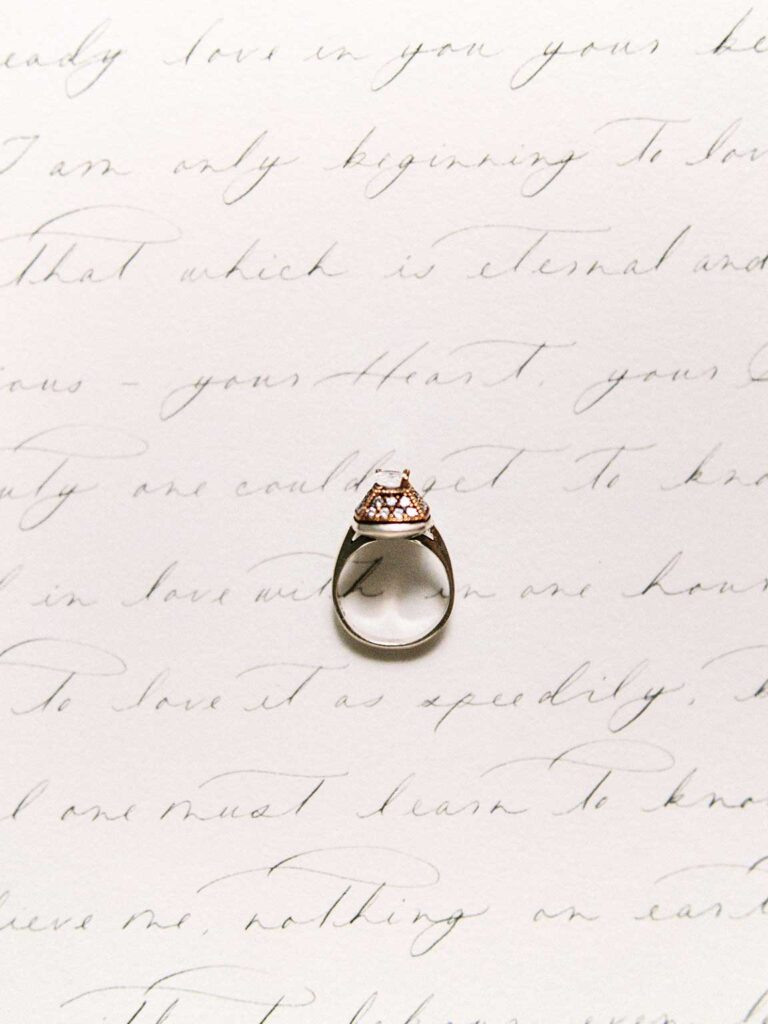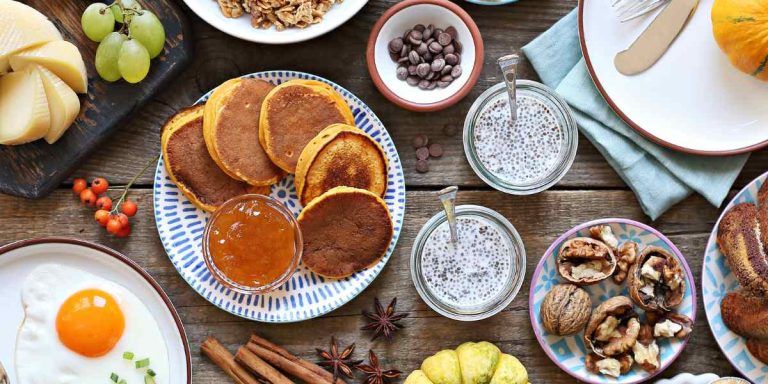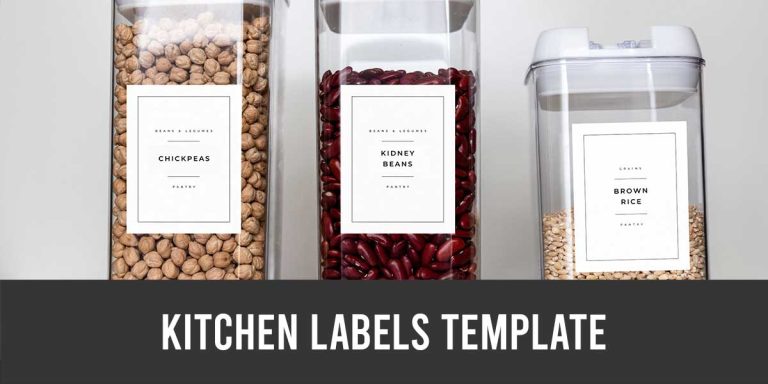How to plant and harvest calendula

Calendula is a beautiful bright yellow flower traditionally grown as an ornamental plant, but there are so many uses for it beyond its appearance. For example, you can use it to make an infused oil that has a lot of medicinal and healing properties. In this article, I’ll tell you everything you need to know about how to plant this unique flower in your garden, how to store it and how to save seeds for next year’s sowing.
Table of contents
- What is calendula?
- Calendula benefits and uses
- How to sow calendula seeds
- How long does it take for calendula to grow?
- When and how to harvest calendula?
- How to save calendula seeds for next year’s sowing?
- How to store calendula flowers
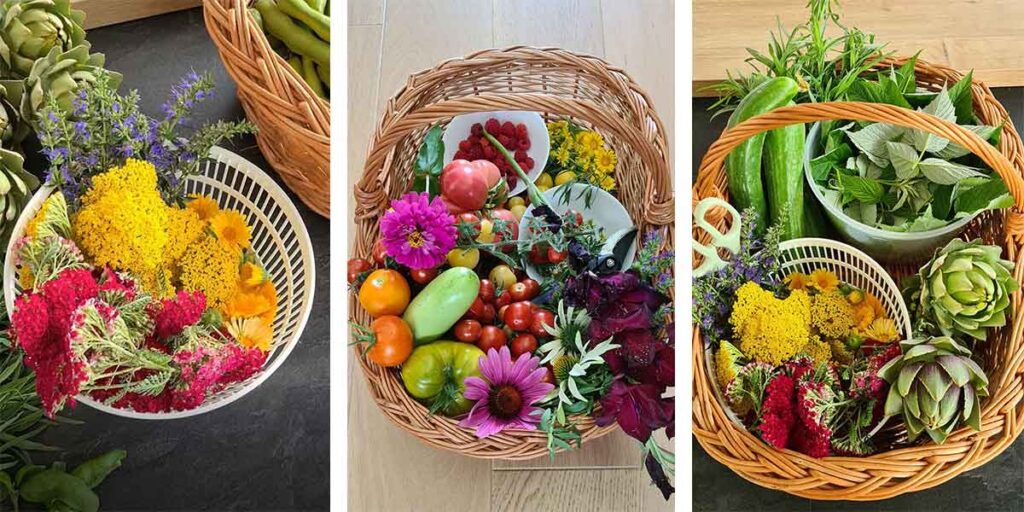
What is calendula?
Calendula (Calendula officinalis) is a commonly grown herb that has been used medicinally since ancient times; it’s an edible flower and it can be added to salads and tea, for example. The plant is also used as a natural remedy for skin irritations, including sunburns and rashes.
Calendula flowers are bright orange-yellow in color. The leaves of this herb are light green to dark green depending on the variety you grow. It has rough hairs along its stems that help hold moisture in dry conditions so it can thrive better than other types of flowers – for example, when drought hits your garden during summer months.
Calendula was first written about by Hippocrates and Pliny the Elder. In fact, it’s believed that calendula was one of the herbs used by Cleopatra when she bathed in sour donkey milk! Moreover, this flower is also known as pot marigold or Scotch marigold because of its Scottish connection with the family who brought seeds to Scotland back from France in 1744 (although there are records going back even further than this).
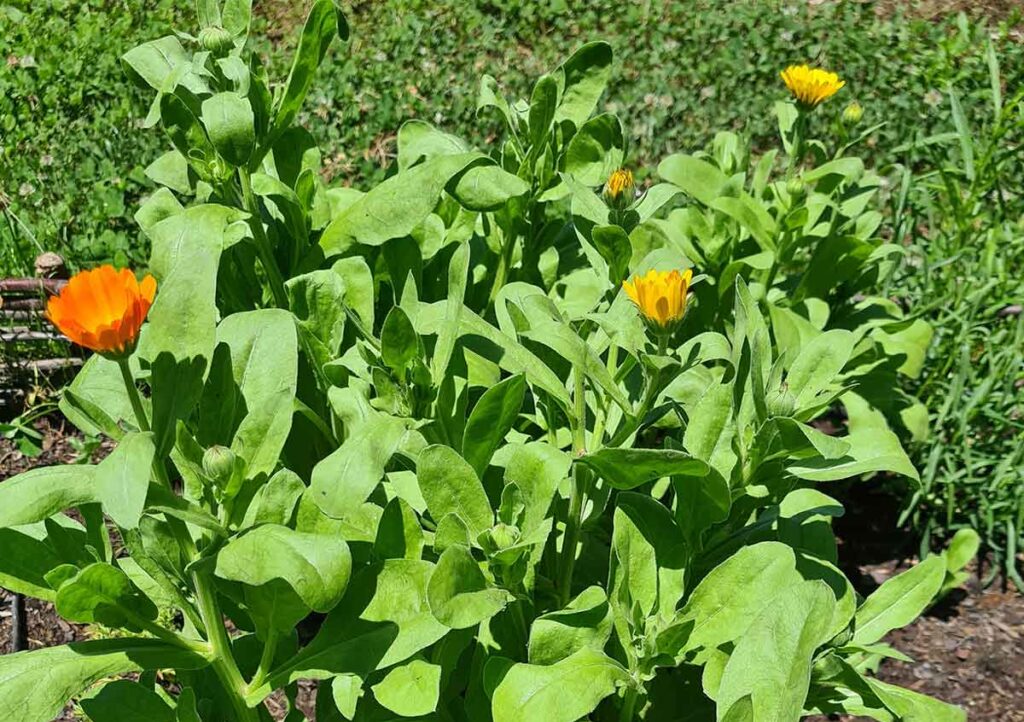
Calendula benefits and uses
Calendula is a versatile herb that can be used for both medicinal and cosmetic purposes. Calendula has been used for centuries in herbal medicine, particularly as a treatment for skin problems such as acne, eczema, and abrasions. Calendula flowers can also be eaten fresh or dried out to make tea or infused into oil for use in cooking or skin care products.
External calendula benefits and uses
Calendula is a great natural remedy for your skin when used topically. It contains antibacterial and antifungal properties, and it can be used as an anti-inflammatory agent. Calendula is also an excellent treatment for wounds, including burns, cuts, and diaper rash as well!
Here are some of the most important properties of calendula for external use:
- Antiseptic – Calendula has antibacterial and antifungal properties that help fight infections in the body;
- Anti-inflammatory – Calendula contains compounds that reduce inflammation and swelling in your body. These compounds are called flavonoids, which are also found in other herbs such as chamomile or lavender.
Moreover, the essential oils found in Calendula act as natural antibiotics while simultaneously moisturizing dry patches caused by eczema or psoriasis.
Internal calendula benefits and uses
You may have heard of calendula as a flower or an ingredient in salves and creams, but what you might not know is that it’s also a great herb to use for your digestive system. Yes, calendulas are edible too! Fresh calendula flowers taste as cucumber dipped in honey with just enough tangy undertones to avoid being excessively sweet.
One of the primary benefits of calendula supplements is their ability to aid digestion. The mucilage in the herbs helps soothe the stomach and intestines by coating them with a protective layer that prevents irritation and inflammation. This is helpful for people who suffer from seasonal allergies or food sensitivities because it can help reduce symptoms like bloating, cramping, and nausea.
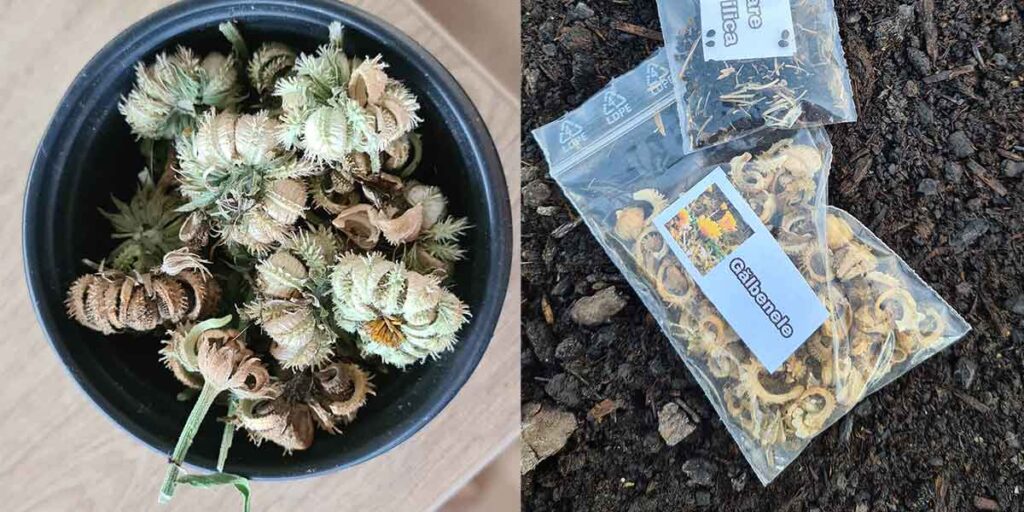
How to sow calendula seeds
Calendula’s vibrant orange color makes it an excellent addition to any garden! The plant will grow easily from seed—and once established, it blooms all summer long with little care required beyond occasional watering.
It is recommended to sow calendula seeds in the spring. Calendula can be sown throughout the growing season, but it’s best to sow in spring for a continuous supply of these lovely flowers.
My tip: Soak your calendula seeds overnight before planting them. This makes sure they’re fully hydrated before they’re planted, which helps them germinate better and grow more quickly after they sprout up from the ground.
After soaking the seeds overnight, it’s time for the fun part: planting! Plant the seeds at a depth of about 1cm (0.5 inches). The soil should feel damp when you stick your finger down into it, but not wet or waterlogged – you just want to make sure there’s enough moisture so that your seed doesn’t dry out.
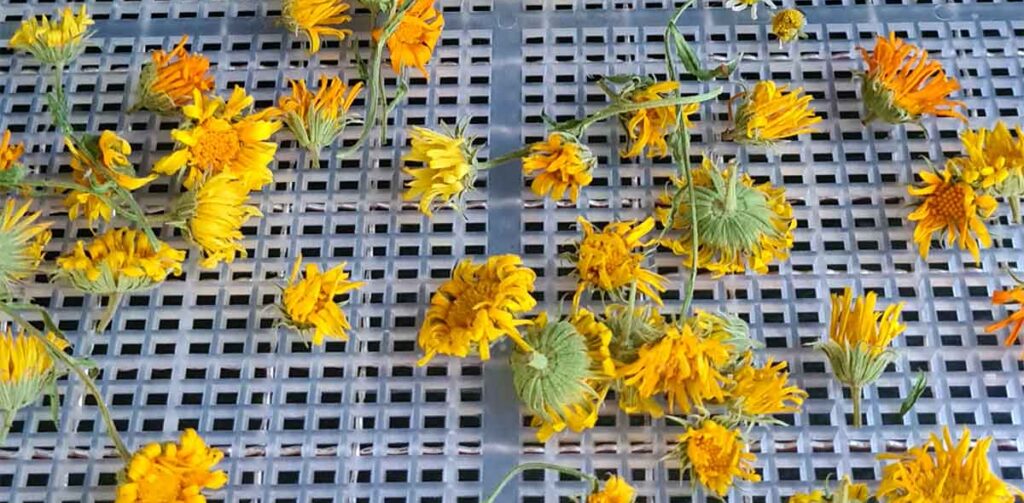
How long does it take for calendula to grow?
You can expect your calendula to grow in about 6 to 8 weeks after sowing. The plants will flower throughout their growth, so you should be able to harvest them at any time. When the flowers are full and bright yellow, they’re ready for picking.
When and how to harvest calendula?
Calendula is a hardy annual plant that can be harvested throughout the growing season, but you’ll want to harvest calendula flowers when they are in full bloom and the petals have just begun to open. You can also harvest calendula leaves anytime from when they first start appearing up until they become too old and tough. Calendula flowers are best harvested in the morning when there’s no more dew on them, so they don’t have wet petals.
How to save calendula seeds for next year’s sowing
Here’s how to collect calendula seeds for planting:
- Wait until some of the flowers grow and develop seed bags;
- Once the seed bags appear, you can either wait for them to dry out naturally and collect the seeds or you can cut off the seed heads yourself and place them in a paper bag stored in a cool, dry place for about two weeks or more;
- After the seed heads have dried out, run your hand over them and remove the seeds;

How to store calendula flowers
If you’re planning on making calendula oil, it’s best to preserve the flower heads entirely; you can skip plucking the petals if you want, as this will take a lot of time!
To save your calendula flowers, you must first dry them out completely, then store them in airtight glass jars or sealed plastic bags. You can even store the flowers in the refrigerator or freezer as long as they are kept dry. To store them in the refrigerator, lay them on their sides and place them inside an airtight container. The same method applies to storing them in the freezer, except you have to use freezer bags instead.
I hope this post has helped you learn more about how to plant and harvest calendula and how to benefit from its unique healing properties. If you have any questions, just let me know in the comments below and I will do my best to offer you the best answers!
If you make this, please leave a review and rating if you liked this recipe! ★★★★★

